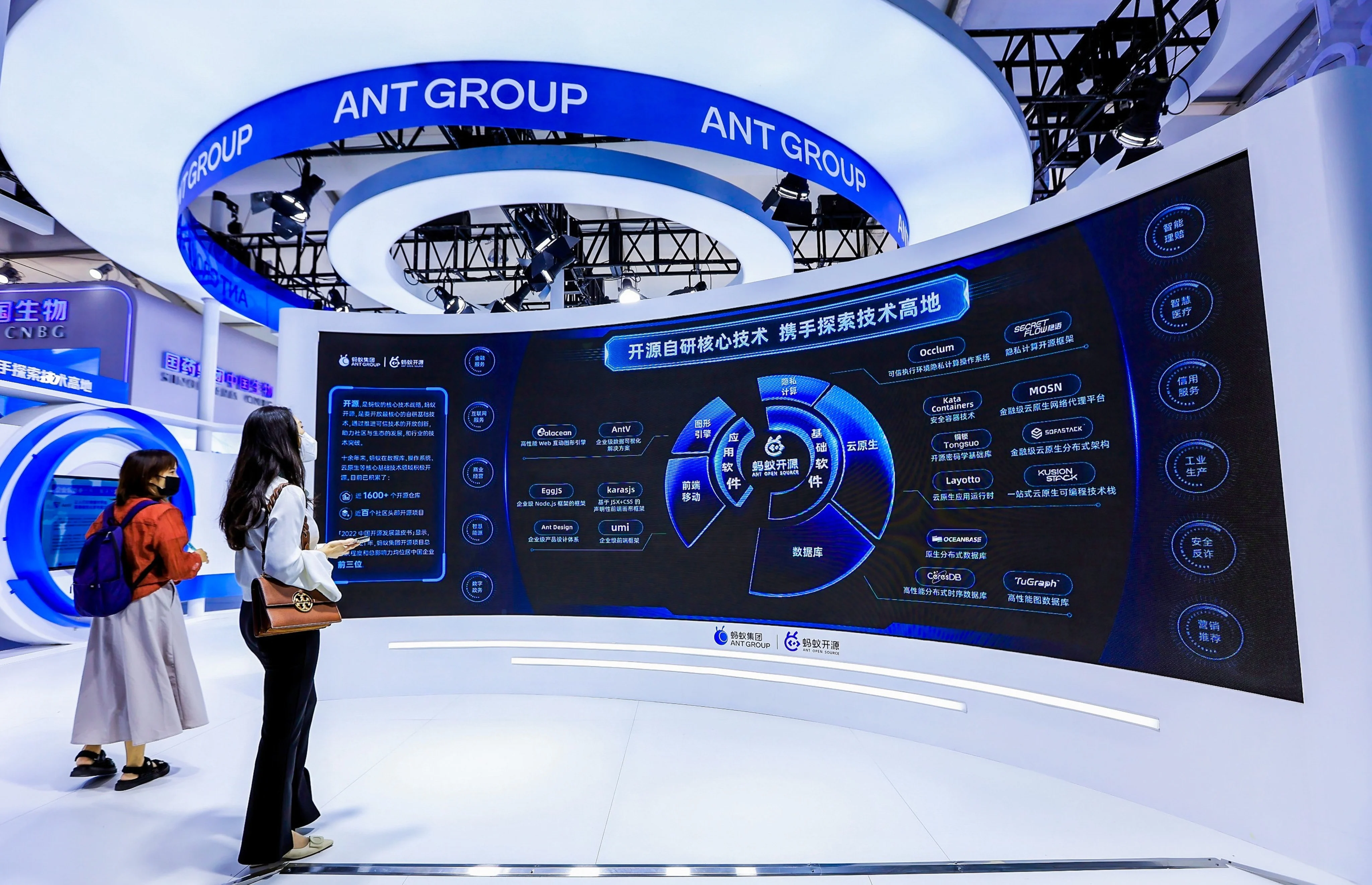By Vincent Chow
Copyright scmp

American tech giants such as OpenAI and Nvidia are trying to “lock in” developers to their closed-source artificial intelligence ecosystems by open-sourcing tools in other layers of the tech stack, according to a report from Chinese fintech company Ant Group.
While most leading US large language models are closed-source, Chinese players from Alibaba Cloud to TikTok-owner ByteDance have instead opted to “open-source” their models, meaning that developers can download and build on top of them.
A tech stack is the collection of technologies needed to develop and deploy an application. In AI, this includes hardware such as semiconductor chips and software like algorithms and frameworks.
US companies have focused their open-source efforts on AI development “toolchains” in particular to drive adoption of their proprietary AI models and hardware, Ant Group said in its report on the global open-source AI landscape, released on Saturday at the Inclusion Conference on the Bund in Shanghai.
Ant Group cited the example of Dynamo, open-sourced by US chip giant Nvidia in March, an inference platform optimised for deploying large-scale AI models. Nvidia has marketed Dynamo as the “operating system of AI”.
While the platform can be integrated with popular open-source AI development frameworks such as PyTorch and SGLang, it is designed to be paired with Nvidia’s powerful graphics processing units (GPUs), according to the Alibaba Group Holding affiliate. Alibaba owns the Post.
“As an industry-leading tool for high-throughput, multi-model deployment, Dynamo will further encourage enterprises to choose Nvidia hardware to maximise performance gains,” the report said.
Meanwhile, OpenAI and Google have both open-sourced frameworks for developing AI agents this year designed “specifically for their respective proprietary models”.
“OpenAI and Google’s ambitions to gradually lock developers into the ecosystems of their respective closed-source models are even more obvious [than Nvidia’s], by deploying open-source toolchains at the application layer of the stack,” the report said.
AI agents are systems that autonomously carry out tasks on behalf of their users. They are powered by underlying models and can be built through different frameworks. While Chinese tech firms had rolled out their own frameworks for building agents, US-backed frameworks were still most widely used, according to IBM.
China’s open-source approach has driven the adoption of their models, including in the US where many start-ups are adopting Chinese models. However, US proprietary models and chips still enjoy healthy market shares globally.
According to IoT Analytics, OpenAI backer Microsoft enjoyed a 39 per cent market share for foundation models and model management platforms, while Nvidia had a 92 per cent share of the data centre GPU market.
As China and US tech competition continues to heat up, the two countries were also extending their lead over other countries, said the Ant Group report.
Citing data from the developer platform GitHub, the report found that China and the US accounted for more than half of the contributions to the global open source AI ecosystem, with the US leading with 37.4 per cent and China with 18.7 per cent.
Third-placed Germany’s share had dropped to 6.5 per cent.
Last week, Ant Group unveiled a new series of its own open-source AI models, along with its first humanoid robot, joining a packed field within China competing in embodied intelligence and AI models.



